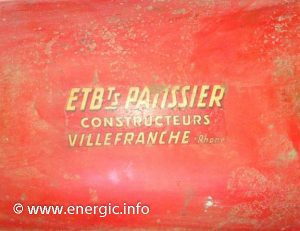Energic motoculteurs with tyres.
Un sistema patentado de Energic revolucionó el enganche y la articulación de implementos, la gama Energic Motoculteur solo estaba disponible con ruedas de metal, con bandas exteriores de metal disponibles como opción para facilitar el movimiento en superficies medianas a duras. Las bandas de rueda estaban disponibles originalmente en 2 widths 55mm and 90mm.
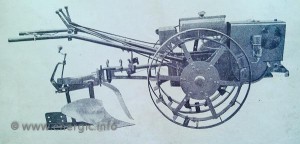
Energic motoculteur B model with metal bands.
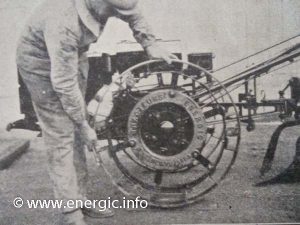
Energic motoculteur C7 mounting the metal wheel bands.
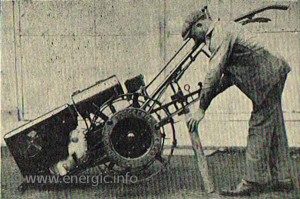
Energic motoculteur C7 S bloc mounting the metal wheel bands using wooden support.
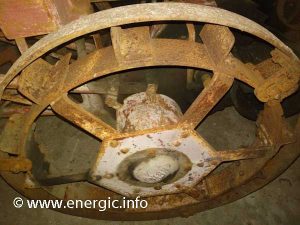
Energic motoculteur C7 With narrow metal wheel bands.
Outer wheel rims, different widths.
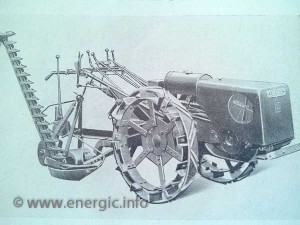
Más tarde, con los cantos para aumentar el agarre en superficies lisas.
Estas bandas de rueda exterior se adaptaron con una cubierta de goma remachada/fijada en la superficie de contacto exterior. Fueron adaptados de carruajes tirados por caballos de la época.. Estaban disponibles en el 2 width fittings 55mm and 90mm. The French term was “bandages caoutchouc de 55/90mm” – rubber tires. Al ser sólidos, a veces se cortaron para obtener más agarre y se modificaron a medida que se disponía de otros materiales de cobertura..
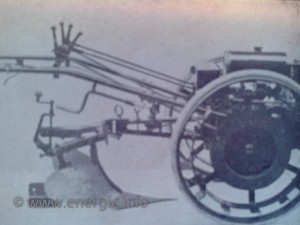
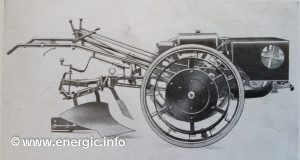
Bandages caoutchouc de 55mm – rubbered rims.
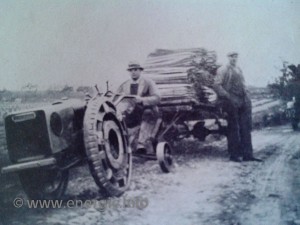
Artisanal adaption of the outer rim with rubber/tread.

El neumático se convirtió en una opción a mediados de la década de 1930., las limitaciones de uso son el número de caminos pavimentados en el campo, no el neumático en sí.
El neumático fue patentado por primera vez en 1845 (Scottish inventor Robert William Thomson) But the first practical tyre was made in 1888 by John Boyd Dunlop (in Belfast), of a cross-ply based construction. His company later becoming the Dunlop tyre company. Much later on (1946) Michelin invented the first radial tyre in 1946 and revolutionised the tyre industry. Tanto los neumáticos cruzados como los radiales utilizaron la tecnología/proceso de vulcanización desarrollado por Charles Goodyear de EE. UU.. 3 company names we know today.
Interestingly the word Tire (Americano) tiene su origen en la palabra francesa tirer (meaning to pull).
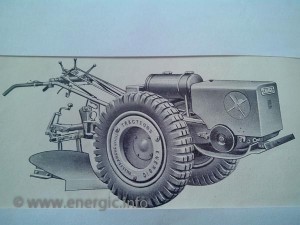
The first recorded cost for the pneumatic tyre option for the Energic motoculteurs C7 and D9 was an additional 1460Frs in 1935 (Roues neumática) Brand Dunlop.
I was lucky enough to find a very early tread pattern on a project I am working on.
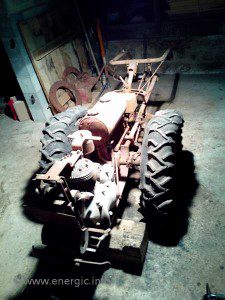
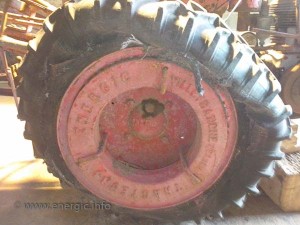
Here is another project Bour with those old Dunlop originals.
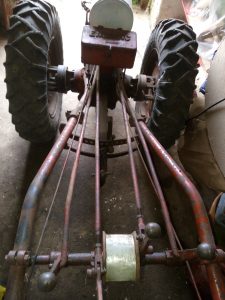
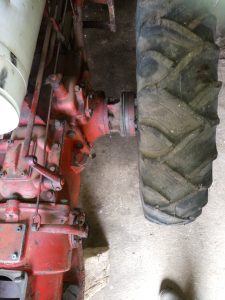
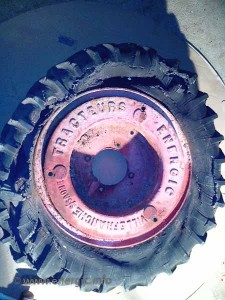

Las siguientes bandas de rodadura de los neumáticos se utilizaron originalmente:
*******
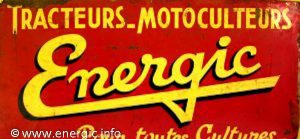
Read more about Energic Wheel clutch pins here.
Read more about Energic Fan assembly and grease cups here.
Read more about Energic Motobécane engines and history here.
Read more about Energic motoculteur C7 B4L here.
Read more about Energic motoculteur D9 B5L here.
Read more about Energic motoculteur D9 S Bloc here.
Read more about Energic motoculteur C7 S Bloc here.
Read more about Energic History here.
See more on Facebook page: www.facebook.com/energic.info
If you like my Facebook page then I can put more information on it./ Si vous aimez ma page Facebook, je peux mettre plus d’informations à ce sujet.
